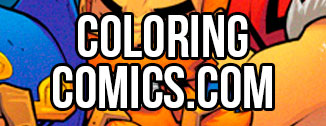In part one of this tutorial series I gave a pep talk/beatdown about how difficult it is to cold pitch publishers and what you’re up against. This time I actually show a pitch example and stress the importance of length.
A lot of would-be comic writers are under the impression that pitching their comic story is all about showing how much work they’ve done. They pound out 100 pages of story notes/script and send it all off in a huge batch, expecting it will blow away the editor who reads it when they see how in-depth it is and how much hard work has been put into it.
The reality is the complete opposite:
Your pitch should be short! The longer it is, the worse your chances are of making a positive impression because the editor won’t even finish reading it.
Remember what I said last time about the cold pitch being incredibly low on an editor’s priority list? Editors don’t have time to pore over long writing samples, especially from someone who doesn’t have a professional body of work to back them up. They’d be hard pressed to read a lot from writers they’re actively working with on current projects let alone someone new sending them a pitch out of the blue.
You need to sum up your concept in 1-2 pages and grab their attention right off the bat.
It’s not about how much you send, it’s how engaging and focused it is.
Your story idea may be incredibly complex. It may span dozens of characters over generations and cover every emotion in the human condition, but if you’re trying to break in you need to filter all that detail down into something manageable and concise.
One page is ideal. Two if you absolutely must. I’m serious.
My creator-owned comic called Skullkickers has 18 issues published so far. Over the course of those issues it’s grown in surprising ways and now encompasses werewolf hunting, goblin attacks, necromancers, poison brewing, hallucinogenic prophecies, undead giants, plant creatures, murderous faerie folk, Lovecraft-style elder gods, demons, interdimensional time travel, cursed artifacts, pirates, cowboys and legendary sea monsters. All of it is fun and kooky stuff.
BUT – practically none of that complexity was in the original pitch. The pitch was tight and simple, covering the broad concept of the series in a straight forward way so it was easy to understand and digest. When an editor saw the pitch, they could immediately understand the main idea and ask for more details if they liked what they’d initially read.
Here’s the original Skullkickers one page pitch:
SKULLKICKERS
by Jim Zub
“No magic. No problem.”
Pitch:
In a backwater fantasy world filled with all manners of magical beasts, poverty, disease and other horrifying threats, it’s a daily struggle to survive. Most people keep their head low, stay in the village they were born and eke out a life as a farmer or simple trades person. The only ones strong enough to have anything else are protected by sorcerous powers or are in the employ of the demonic.
Except for our two protagonists – They thrive by being stubborn and tough as Hell.
No one knows where this human and dwarf came from or how they’ve survived so long without using a speck of magic. They travel the land slaying every kind of beast in their path with sheer physical grit and vicious trickery. They’re not heroic or even nice – in fact they might be two of the most irritating and ornery assholes to ever heft a blade. No matter how obnoxious they may be, no one can argue with their results and the huge trail of corpses left in their wake. In a world of the weak, they’re fighters.
Some folks will despise them, others will praise or even worship them – they don’t care. They’d kill anything for 2 copper pieces.
Overview:
Skullkickers is a fantasy parody on steroids. It revels in the clichés of sword and sorcery while injecting them with an extra spark of sass and violence. It’s not deep and meaningful by any stretch, instead keeping readers engaged with snappy dialogue and inventive use of monsters and action. Like Ash from the movie Army of Darkness, our “heroes” are so full of themselves and yet incredibly capable that readers will like them even when they’re being absolute jerks.
Summary:
Our two jackasses become entangled in the plot of an evil necromancer who is gathering together an army of skeletons, shambling dead and stitched-together horrors to conquer the local countryside. What this death mage doesn’t know is that the rituals he’s using to build his army of the dead are actually binding demonic spirits to corpses, not just animating them to life. The forces he’s set in motion lead to a full-on demonic invasion from the nether regions and the only thing standing between burning hellfire and the kingdom are a pair of death dealing mercenary assholes.
Along with that summary was 4 pages of character sketches by Chris Stevens, helping solidify the ideas presented with his professional quality art:
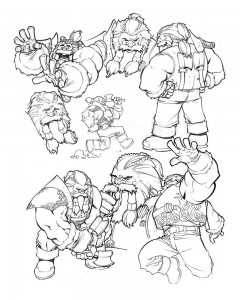

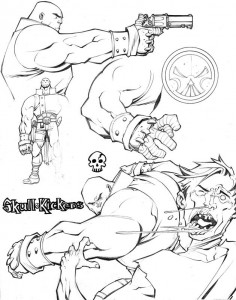
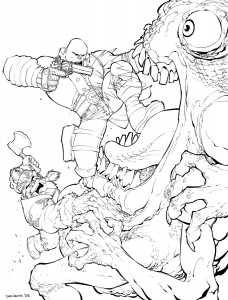
It’s not perfect, but it is concise. You read it and are well informed about the core concept: These two guys are ass-kicking monster hunters and this series is going to be an irreverent fantasy-adventure romp. Conan the Barbarian meets a buddy cop film. Got it.
(Update May 2015– I’ve recently posted the pitch document for Wayward, my new creator-owned series as well. Check that our HERE.)
In short – The pitch is simple and entertaining. The art helps grab attention, reinforces the concept, and solidifies the whole package as professional-looking and appealing.
Skullkickers is a fun and violent pulp adventure, so that’s exactly what’s emphasized at the forefront of the pitch. None of the other back story elements matter at this early stage. There’s nothing subtle here. The editor can quickly read through and decide if they want more information by contacting me (my contact info was in the header/footer on each page). Ideally they’re hooked but, even if they aren’t they’ll probably appreciate that I didn’t waste their time.
Your story ideas can be scrawled out on dozens of pages. Your scripts can look like telephone books. Your plot and world building can fill giant tomes. None of that matters. If you’re breaking in and want a publisher to check out your idea, you need to percolate all that material down into a bite-sized summary to gain their interest.
Make sense?
Next time I’ll talk more about the different sections of the pitch, ways to stand out and some stuff to avoid.
If you found this post helpful, feel free to let me know here (or on Twitter), share the post with your friends and consider buying some of my comics or donating to my Patreon to show your support for me writing this instead of paying work. 😛
Click here to read Part 3 of this tutorial




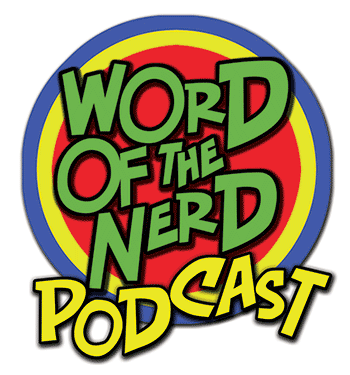


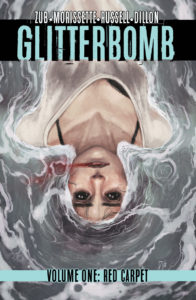
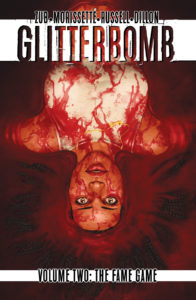
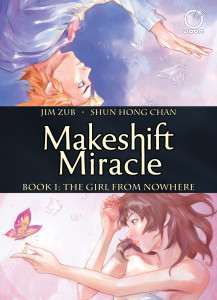
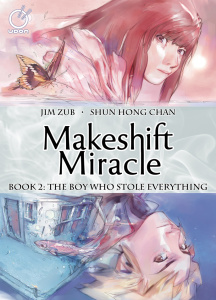
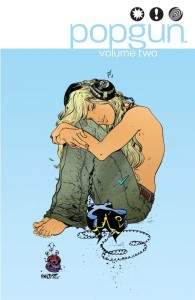

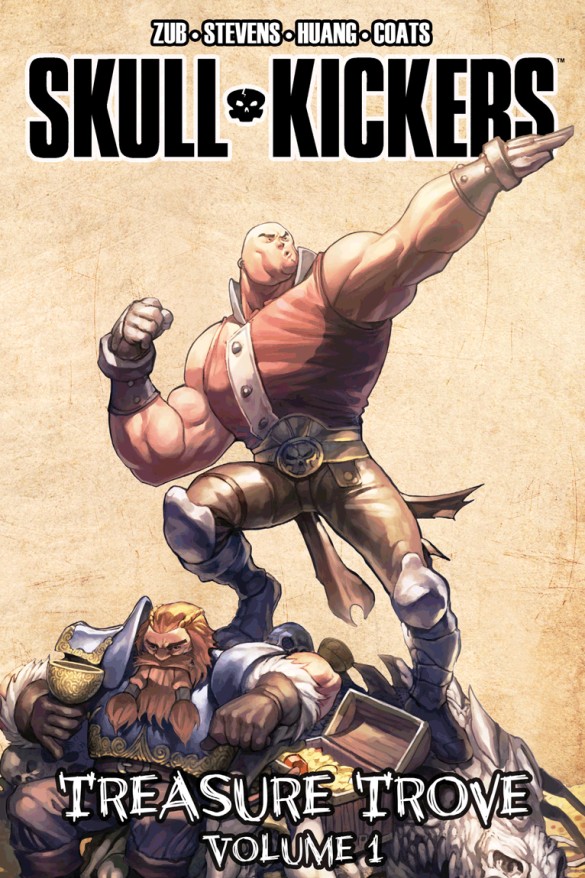
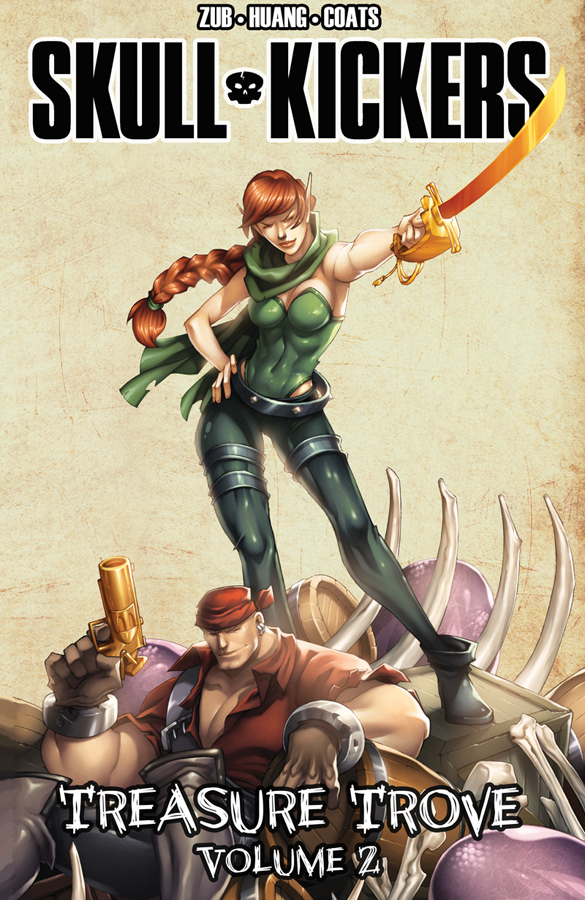
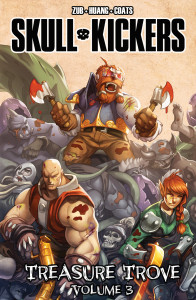
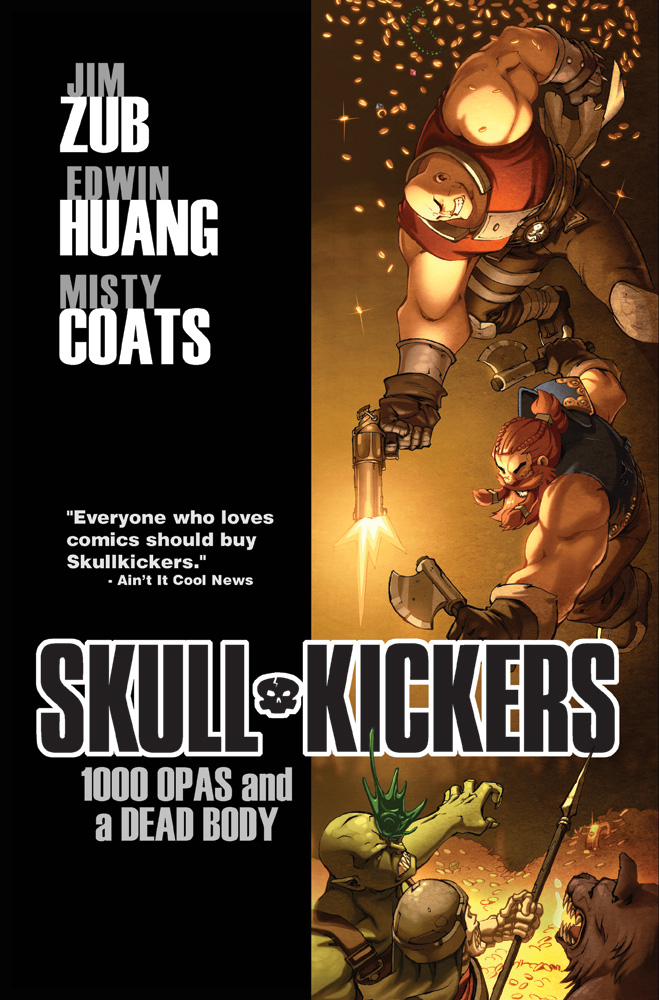

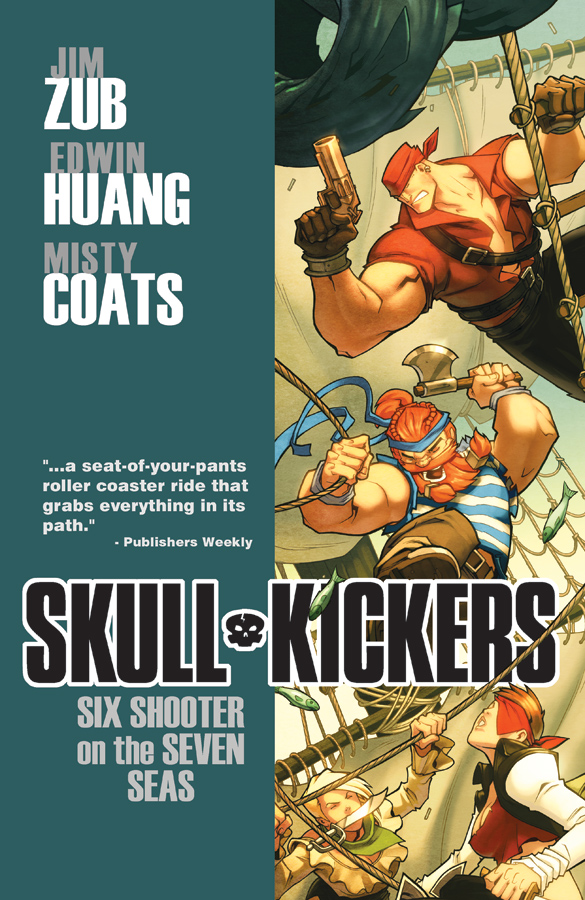
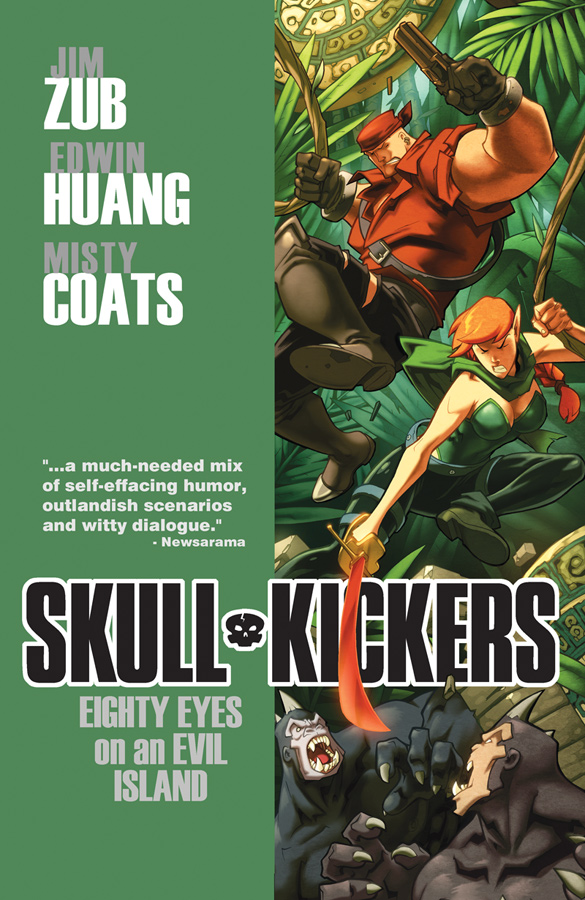
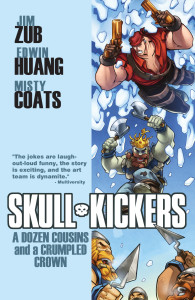
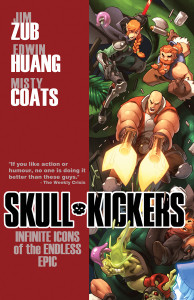



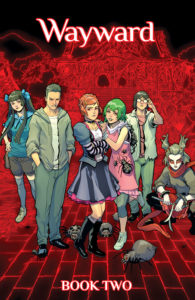
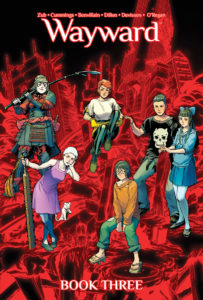
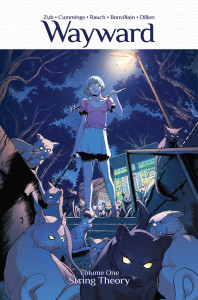
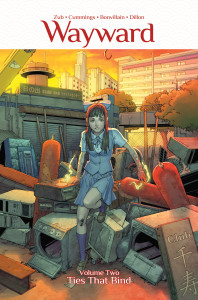
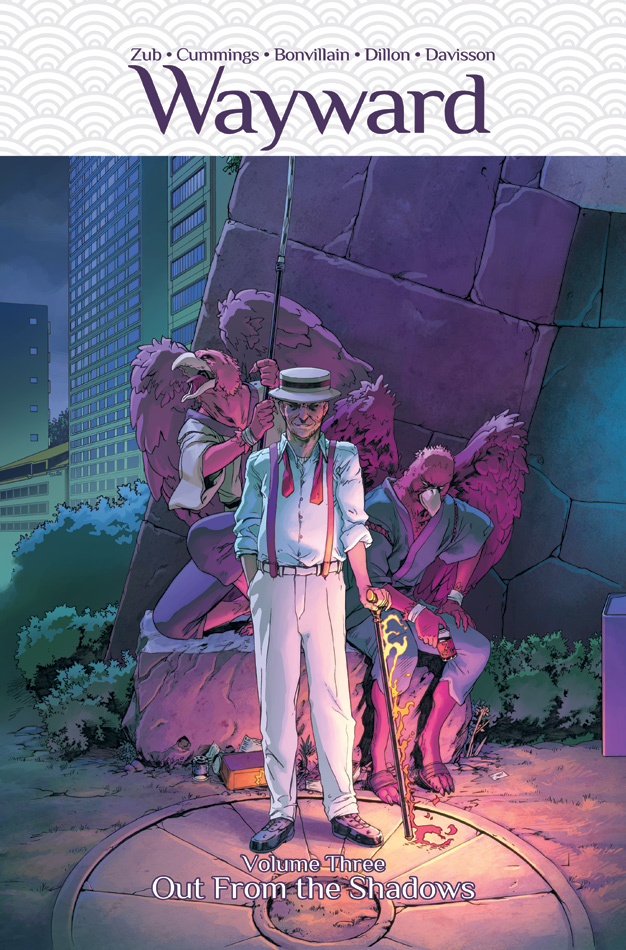
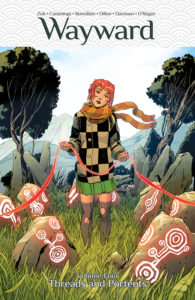

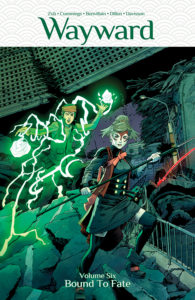

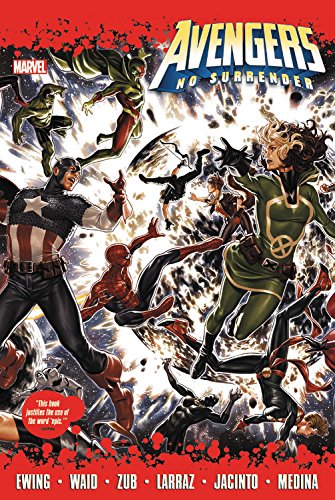

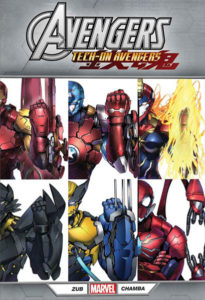
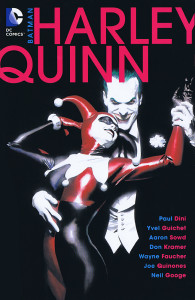
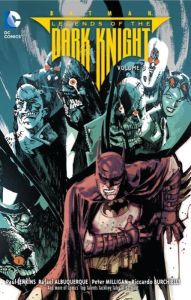


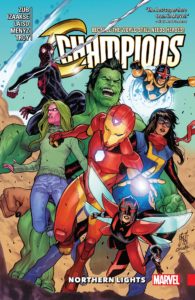

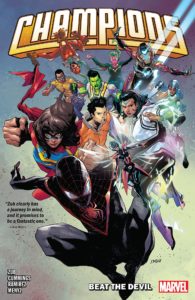



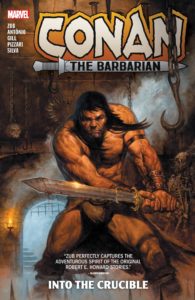
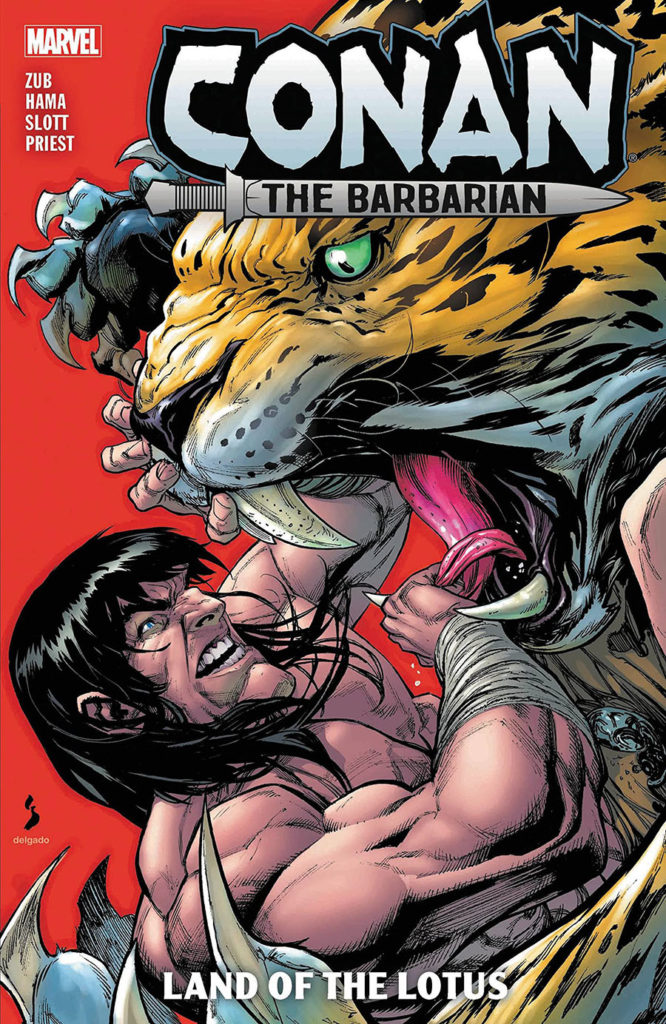
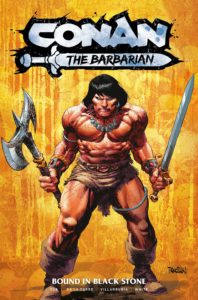
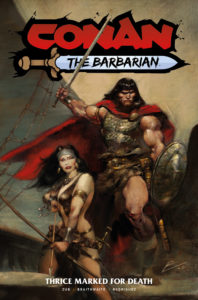




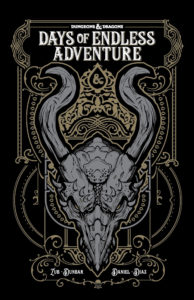

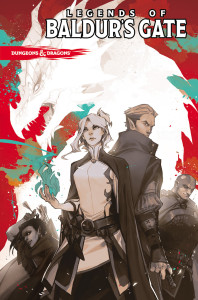
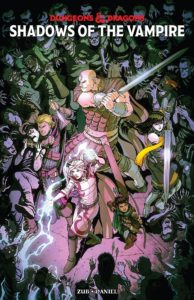
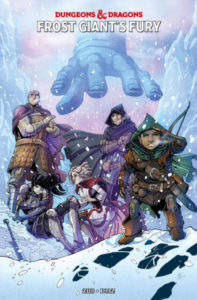
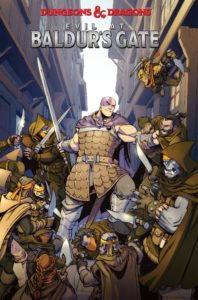
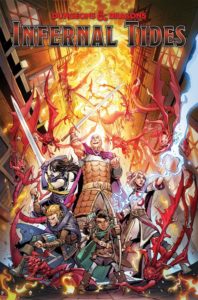
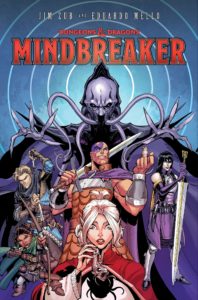

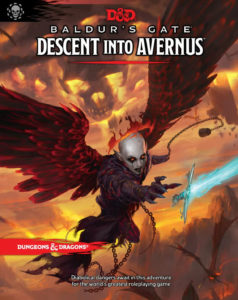
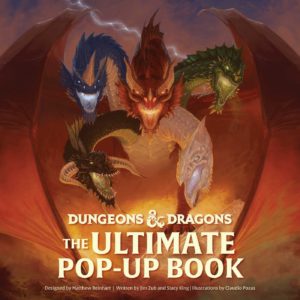

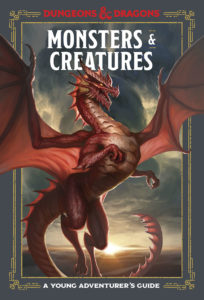

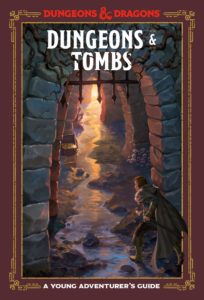
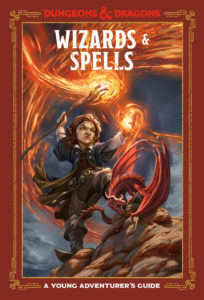



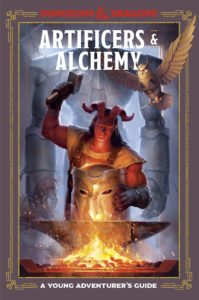
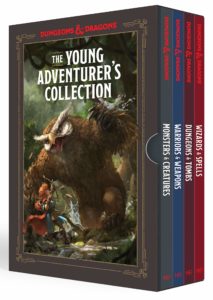

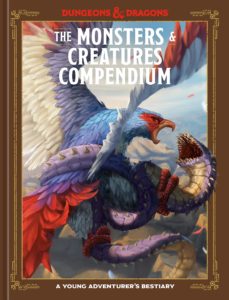

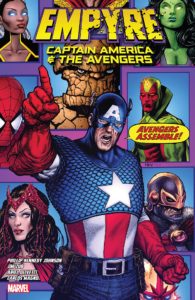
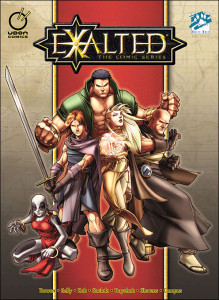
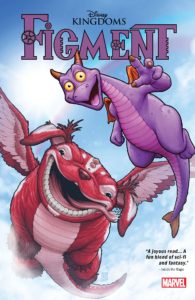
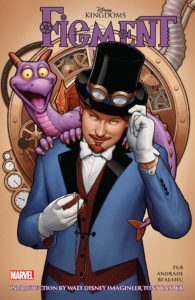
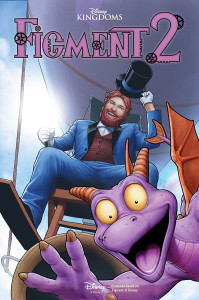
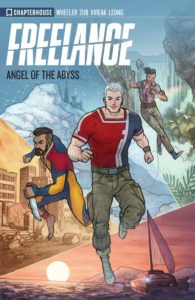
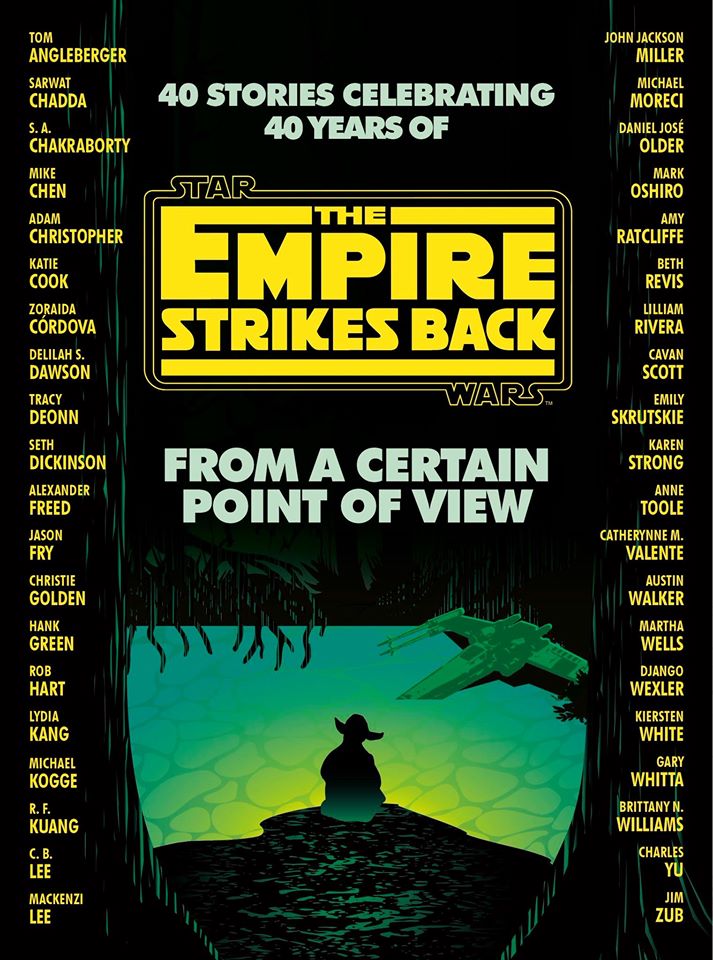

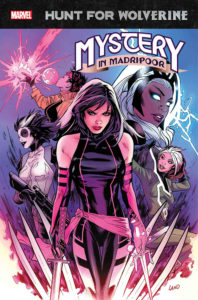
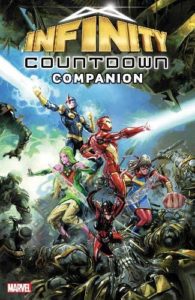

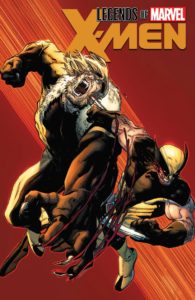


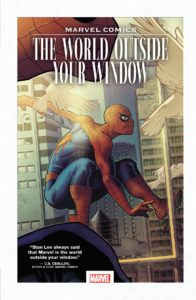
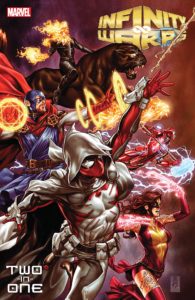
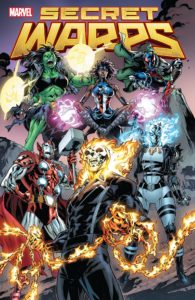


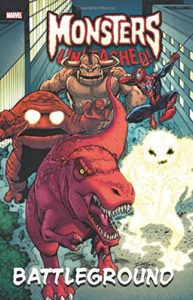

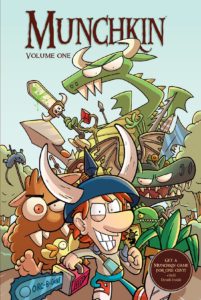


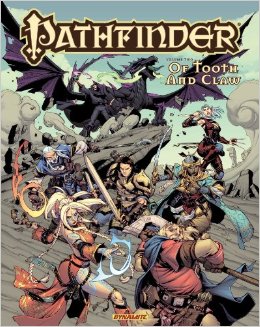
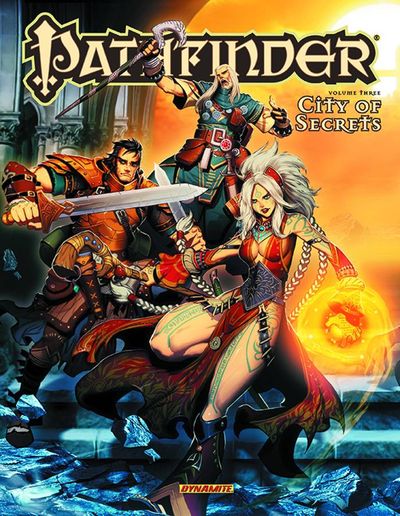
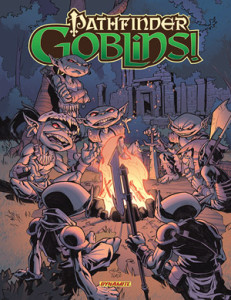


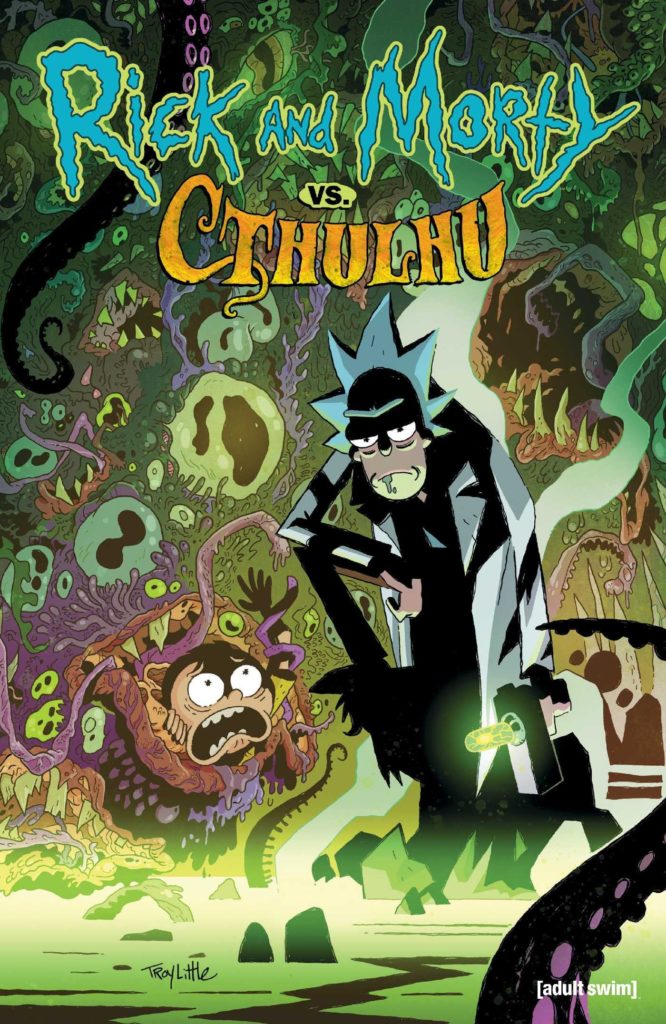

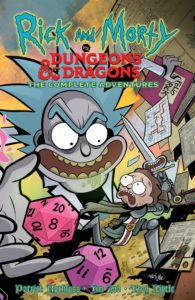
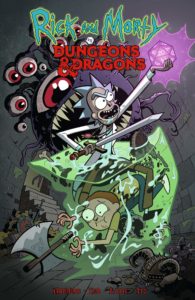
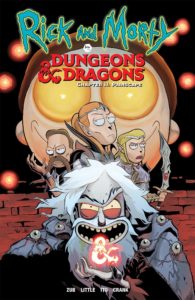
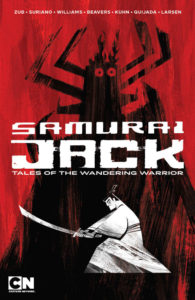
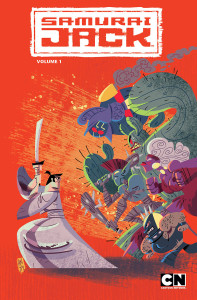
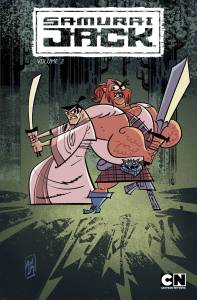
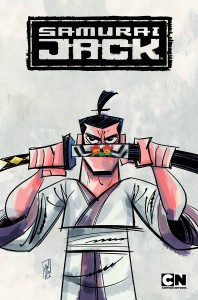
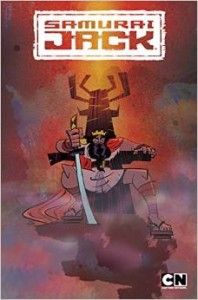

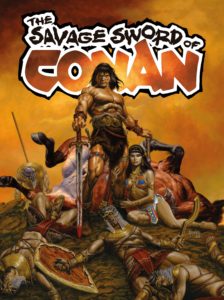


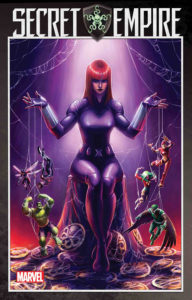
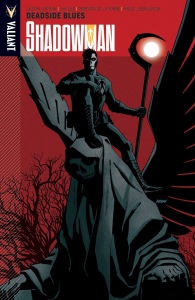

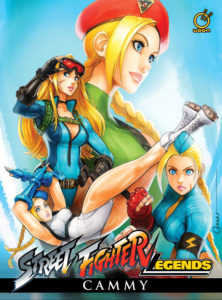


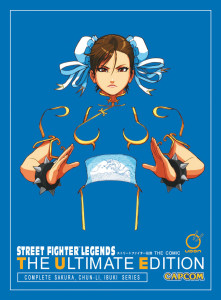
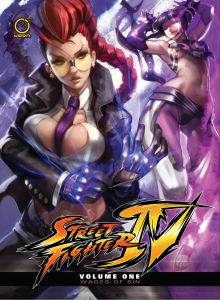
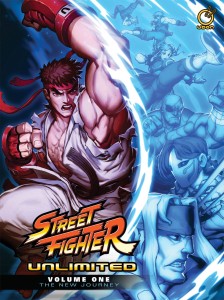


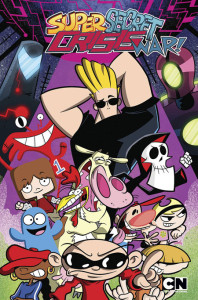
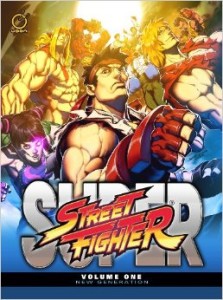
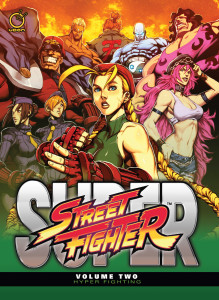

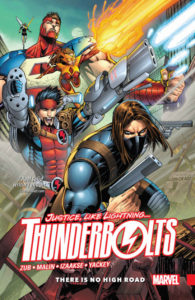



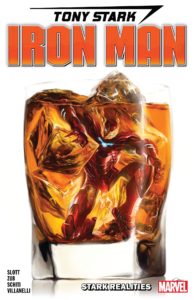
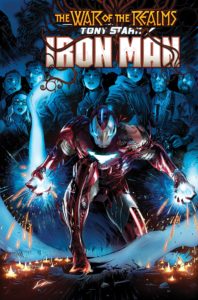
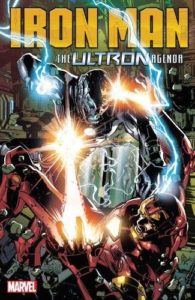

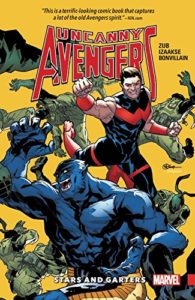
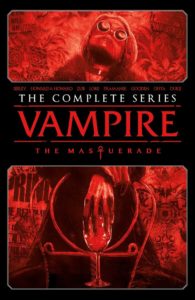

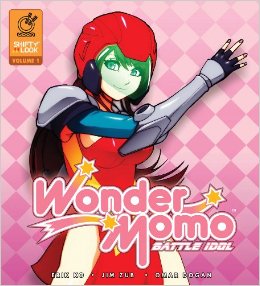
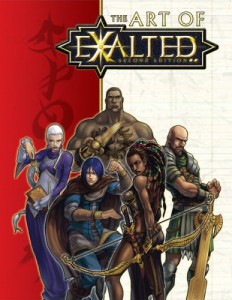
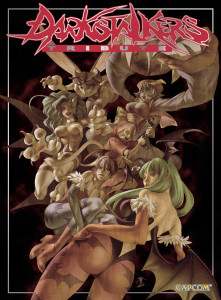
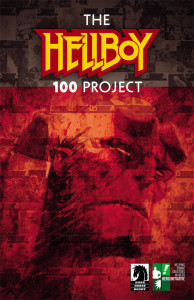
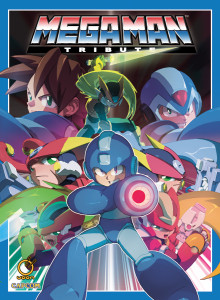
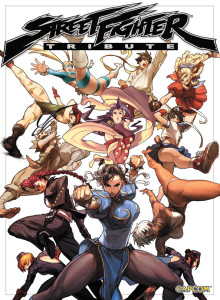


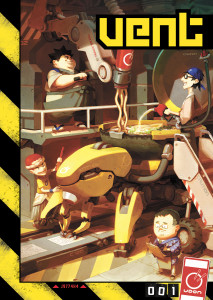
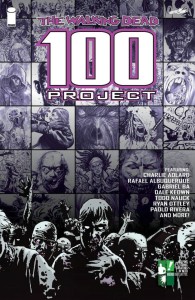





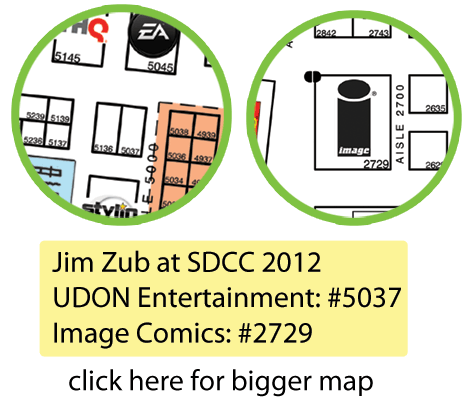
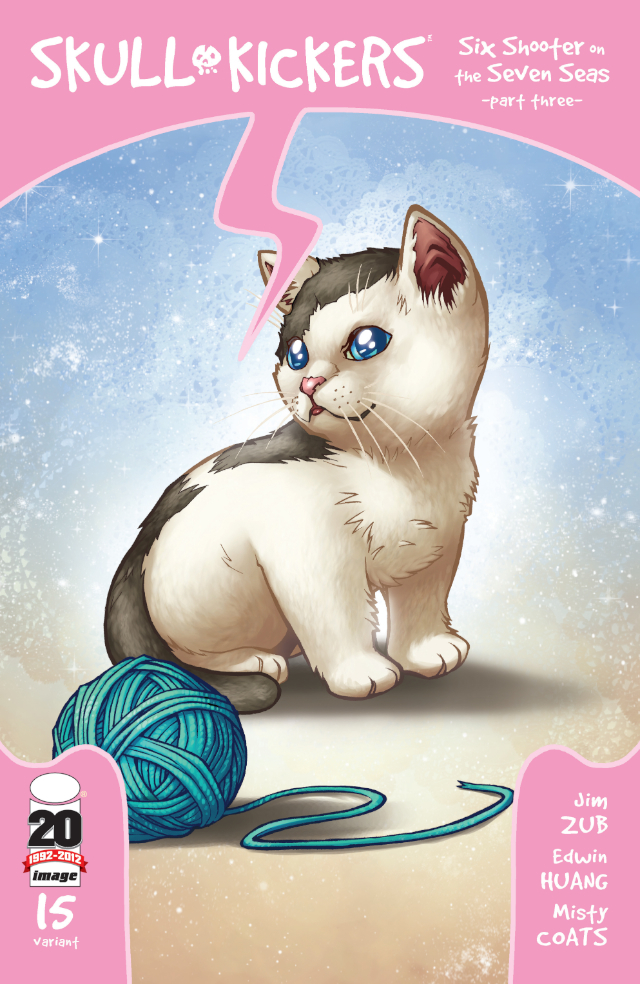
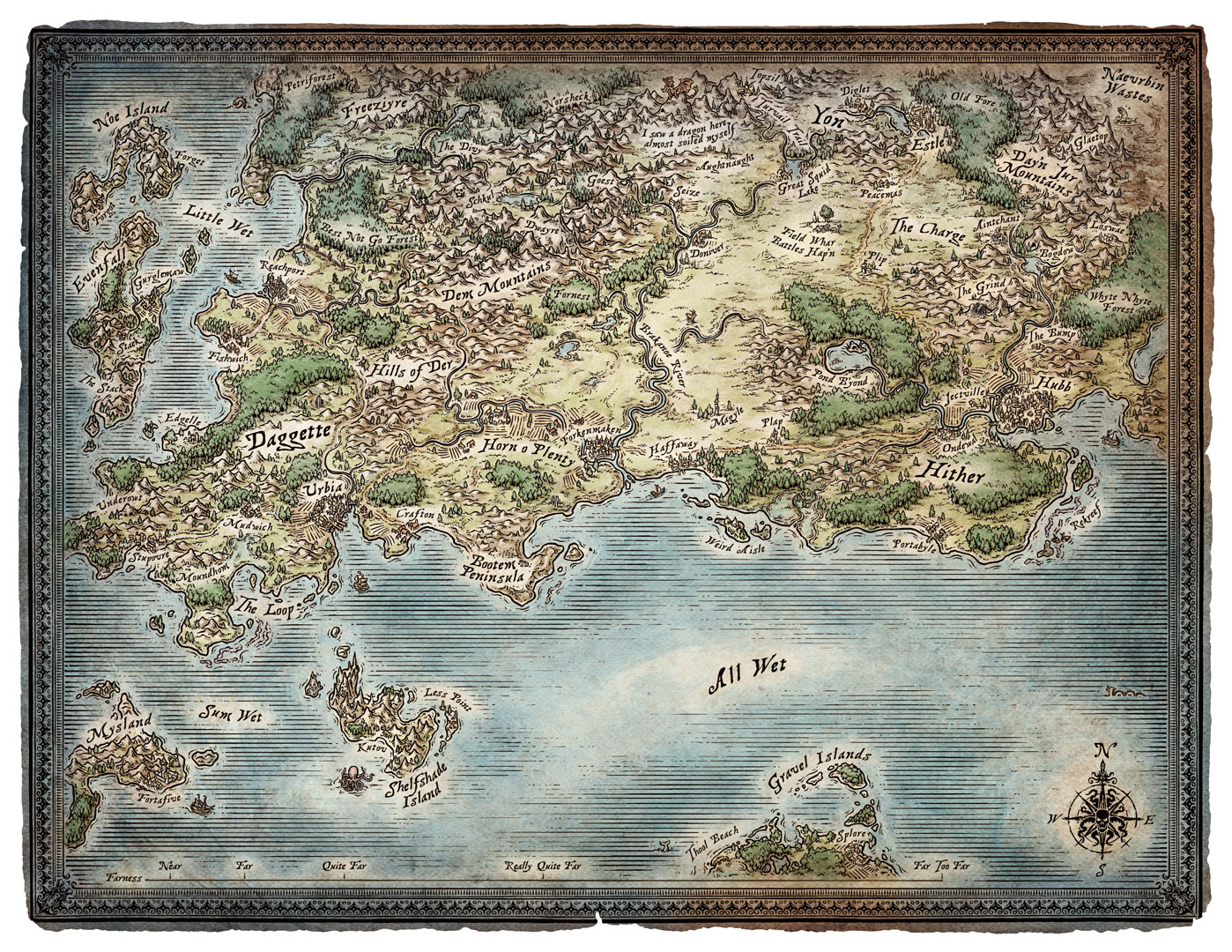
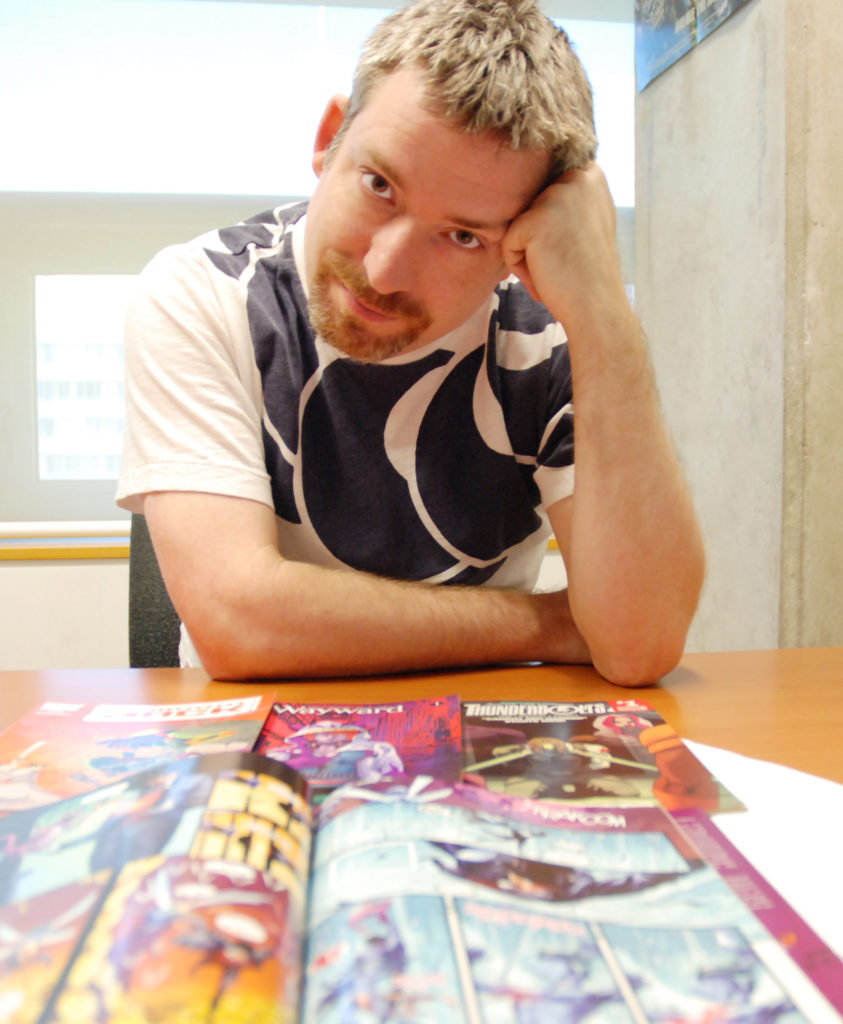








 Zub on Amazon
Zub on Amazon Zub on Instagram
Zub on Instagram Zub on Twitter
Zub on Twitter